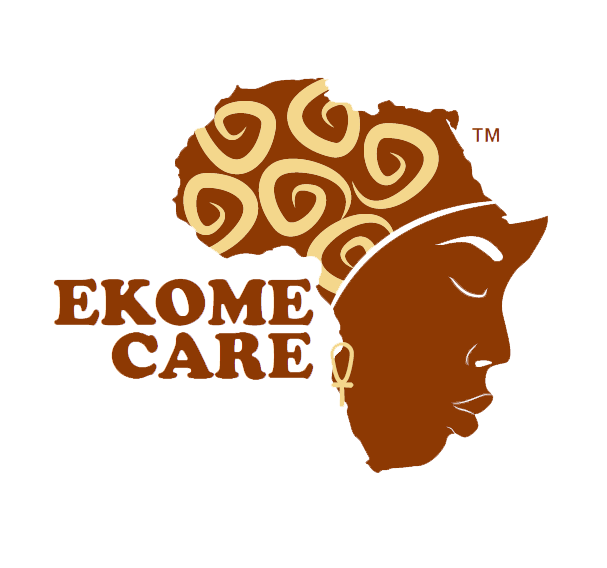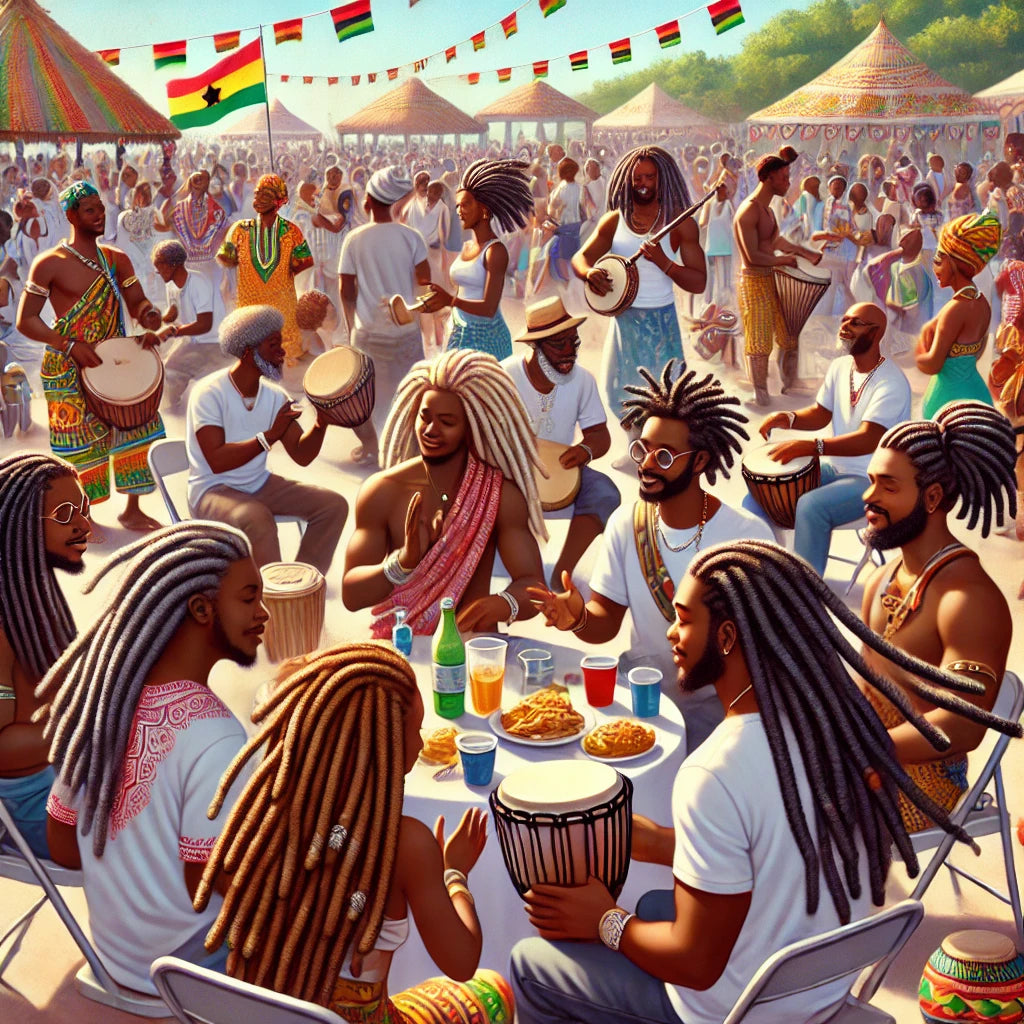
Locs, often misunderstood and stereotyped, are far more than just a hairstyle. They are a profound cultural and spiritual symbol with deep roots in African history and identity. This article explores the historical, spiritual, and revolutionary significance of locs, highlighting their role from ancient civilizations to contemporary times.
Historical Origins of Locs
Locs are naturally formed ropes of hair that have been part of human culture since ancient times. Historical evidence suggests that locs were worn by the early people of Ta Seti, located in what is now southern Egypt, dating back to around 3500 B.C. Ancient Egyptian artifacts and writings also depict individuals with loc-like hairstyles, indicating their prevalence across different strata of society (Mack, 2001).
Outside Africa, ancient Indian and Greek texts and sculptures show figures with loc-like hair, suggesting a widespread cultural significance. However, within Africa, locs have always held a deeper, more spiritual meaning.
Spiritual Significance in African Cosmology
In many African societies, locs are more than just a style; they are imbued with spiritual significance. For example, among the Fante people of Ghana, a child born with locs is often considered destined for a life as a spiritual priest, a belief that underscores the sacred nature of their hair (Adinkra, 1998).
The spiritual dimensions of locs are also prominent in the Rastafari movement. Rastafarians see their locs as a symbol of the Lion of Judah, a direct connection to their deity and a form of resistance against Babylon, which represents the oppressive Western society.
Locs in Warfare and Revolution
The connection between locs and resistance is not just spiritual but also political. Iconic reggae musician Bob Marley popularized locs worldwide, intertwining the style with themes of resistance and liberation. His Rastafarian faith and music promoted freedom for the African diaspora, making locs a symbol of the fight against oppression.
The Mau Mau rebels of Kenya, who fought against British colonial rule in the 1950s, also wore locs as a sign of their commitment to preserving African culture and defying colonial forces. This influenced many Rastafarians, who adopted locs as a sign of solidarity and resistance (Chege, 2003).
Furthermore, biblical figures like King Solomon are often depicted with locs in Rastafarian iconography, reinforcing the link between spiritual strength and the hairstyle.
Colonial Impact and Contemporary Perceptions
During the transatlantic slave trade and subsequent colonization, African hairstyles, including locs, were often ridiculed or banned as they were seen as contrary to European norms and values. This stigmatization has persisted into modern times, where locs can sometimes be seen as unprofessional or inappropriate in certain professional settings.
However, perceptions are changing. In contemporary America and Africa, locs are increasingly recognized as a symbol of pride in African heritage. They are worn by professionals across various fields, demonstrating a broader acceptance and appreciation of this hairstyle (Johnson, 2019).
The Continued Relevance of Locs
Today, locs continue to be a powerful statement. They represent a reclaiming of African identity and a rejection of colonial and Western standards of beauty and propriety. The question remains poignant: Is being naturally African a rebellious act against persistent colonial mentalities? For many, the answer is a resounding yes, as locs symbolize a return to indigenous practices and a way to honor one’s heritage.
In conclusion, locs are not merely a fashion statement but a rich cultural and historical symbol. They are an embodiment of resilience, spirituality, and a profound connection to African roots. As societies evolve, the significance of locs remains potent, a defiant affirmation of identity and heritage in the face of changing times.
For more information about Ekome Care Products and services visit www.ekomecare.com
References:
- Mack, J. (2001). *The History of Locs*. New York: Historical Press.
- Adinkra, M. (1998). *Spiritual Symbols of Hair in Africa*. Accra: Panaf Books.
- Chege, S. (2003). *Rebellion and Culture*. Nairobi: East African Educational Publishers.
- Johnson, H. (2019). *Modern Black Hair*. New York: Liberty Press.

